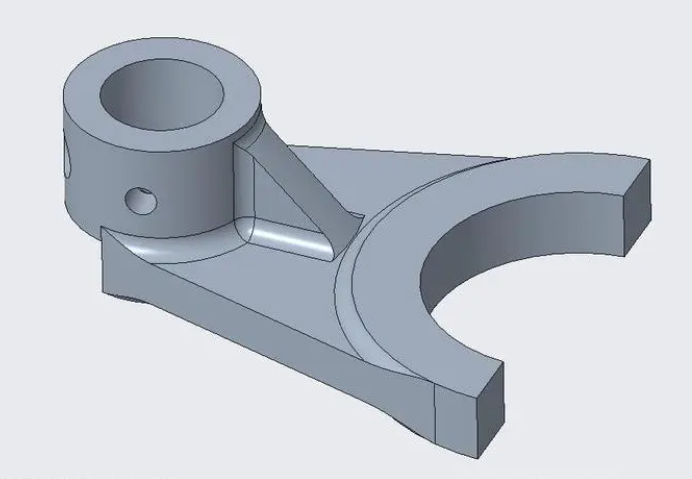The shift fork belongs to the operating mechanism, which connects and disconnects the transmission mechanism. For example, gear shifting fork, clutch shifting fork, such as changing the position of the slipping gear of the lathe to achieve speed change; or used in the mechanism that controls the engagement and disengagement of the clutch, so as to control the horizontal or vertical feed
The shift fork is a major part of the gearbox shift mechanism, which mainly plays a role in shifting gears.
If the matching size accuracy of the shift fork notch is not high, the sliding gear will not meet the required positioning accuracy, so the sliding gear will not be able to mesh correctly and effectively with other gears, thus affecting the work of the entire transmission system .
The design features of the shift fork structure, use the bushing to reduce friction to make shifting light, and use the self-locking groove to improve the suction feeling of shifting and increase the force of shifting to prevent jumping gears.
The shift fork is a part of the car gearbox, which is connected to the shift handle and located at the lower end of the handle. The middle shift wheel is moved to change the input/output speed ratio.
If the shift fork on the machine tool is used for speed change, it is mainly used in the operating mechanism. It is to separate the two meshed gears and then switch one of the gears that can slide on the shaft to the other gear to obtain another speed. That is to change the position of the slipping gear of the lathe to realize the speed change.
Post time: Jun-25-2023











